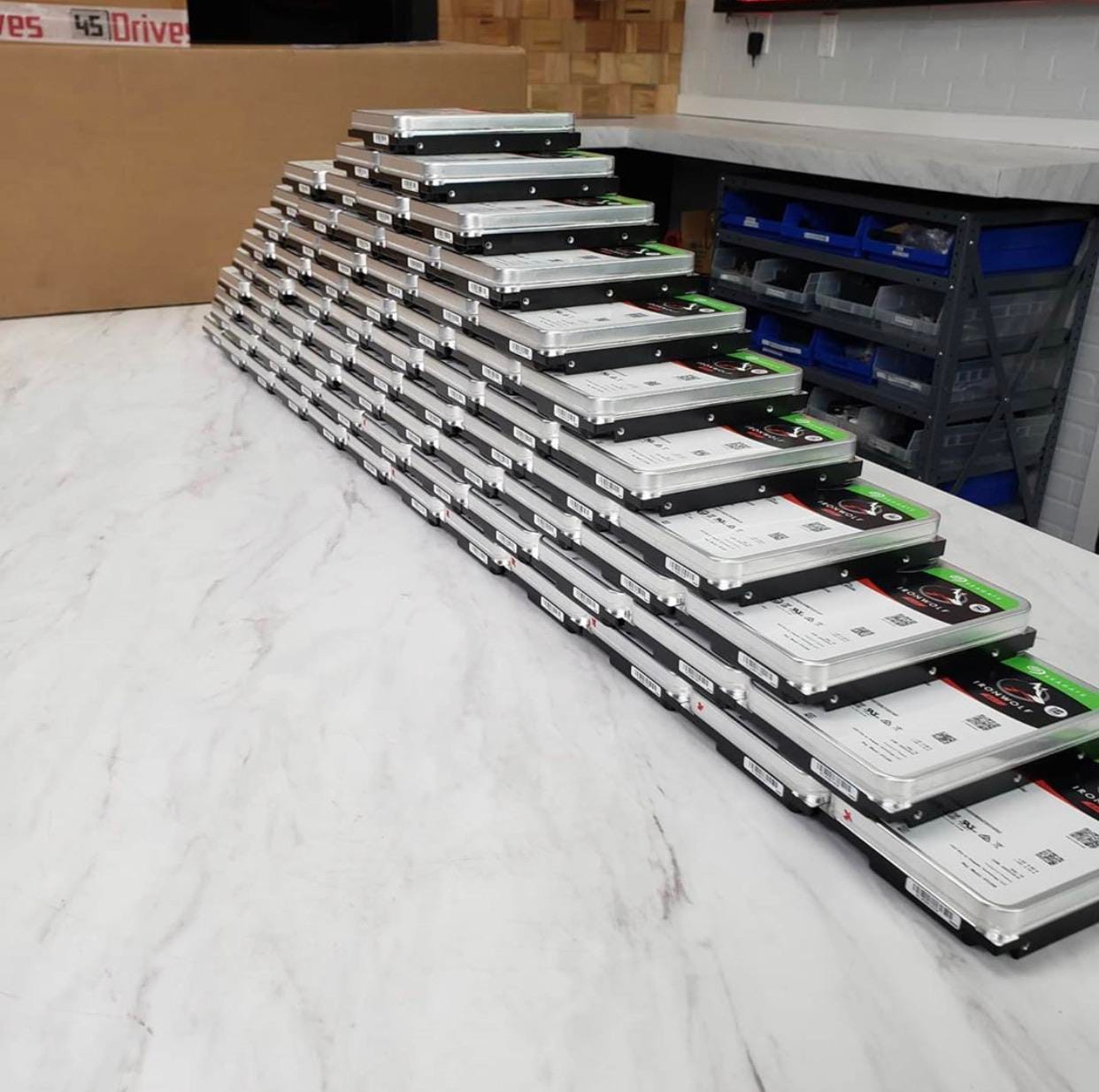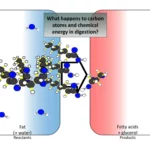Navigating the Data Storage Landscape
In today’s digital age, we generate and consume data at an unprecedented rate. From streaming high-definition movies to powering complex scientific simulations, our reliance on massive data storage solutions continues to grow. This is where understanding units like petabytes (PB) and terabytes (TB) becomes essential.
Think of terabytes as the workhorses of data storage—capable of holding hundreds of thousands of songs or hundreds of hours of high-definition video. But what happens when we need to store even larger volumes of information? That’s where petabytes come in, representing a whole new level of storage capacity.
Is 1 PB Really 1024 TB?
This seemingly simple question often sparks confusion due to the difference between decimal and binary systems. In our daily lives, we use the decimal system, where 1 PB conveniently equals 1,000 TB. However, computers frequently rely on the binary system, where 1 PB is equivalent to 1,024 TB.
This discrepancy arises from the way computers store and process data in bits, which are represented as 0s and 1s. In binary, 1,024 (2^10) is a significant number, often used to represent multiples of bytes. To minimize confusion, the International Electrotechnical Commission (IEC) introduced prefixes like kibi-, mebi-, gibi-, tebi-, and pebi- to denote binary multiples.
So, while 1 PB is technically equal to 1,000 TB in the decimal system, computer operating systems, especially Microsoft Windows, often display storage capacities using binary calculations. This can lead to discrepancies between the advertised storage size of a device and the actual space available when connected to a computer.
Key Takeaway: While 1 PB equals 1,000 TB in the decimal system, it’s essential to consider the binary system’s influence, where 1 PB is often represented as 1,024 TB in computing contexts.
What is a Yottabyte? Scaling to Unfathomable Data Heights
As data generation continues its exponential growth, even petabytes are starting to feel limited. This brings us to the realm of yottabytes (YB), the titans of data storage. Imagine a unit so vast that it can encompass the digital equivalent of every book ever written, multiplied by billions!
To put it into perspective, if a terabyte were a grain of sand, a yottabyte would be a mountain range. Here’s a breakdown of this colossal unit:
- 1 yottabyte (YB) is equal to 1 septillion bytes – that’s a 1 followed by a staggering 24 zeros (10^24).
- To reach a yottabyte, you would need 1,024 zettabytes (ZB), 1,048,576 petabytes (PB), or 1,073,741,824 terabytes (TB).
While yottabytes might seem like an abstract concept at present, they highlight the rapid pace of data growth. The rise of big data analytics, artificial intelligence, and the Internet of Things (IoT) is driving us closer to a future where yottabyte storage could become a necessity.
1000 PB: Grasping the Magnitude of Large-Scale Data
1000 petabytes represents an awe-inspiring amount of data—equivalent to one million terabytes (TB). To put this into perspective, if one terabyte could store approximately 200,000 songs, then 1000 PB could hold enough data to contain the entire music libraries of millions of people worldwide.
This massive scale of data storage is no longer confined to the realms of science fiction. Let’s explore some real-world examples where 1000 PB, or even larger units, are becoming increasingly relevant:
- Particle Physics Research: Experiments conducted at the Large Hadron Collider generate petabytes of data annually, as scientists delve into the fundamental forces of the universe.
- Global Social Media Networks: Platforms like Facebook, Instagram, and TikTok rely on vast data centers with capacities exceeding multiple exabytes (1000 PB) to store and process the constant influx of photos, videos, and user interactions.
- Genomic Sequencing & Healthcare: The field of genomics, which involves analyzing complete DNA sequences, routinely handles petabytes of data. This information is crucial for advancing personalized medicine, drug discovery, and our understanding of human health.
- Cloud Computing & Big Data Analytics: Companies like Amazon, Google, and Microsoft manage data centers with capacities stretching far beyond the petabyte scale to power cloud computing services, machine learning algorithms, and big data analytics platforms.
The Future of Data Storage: Beyond the Horizon
As we generate and collect data at an accelerating pace, the need for increasingly larger and more efficient storage solutions becomes paramount. While yottabytes might seem like an unimaginable frontier today, the relentless march of technological advancement suggests that even larger units of data storage may emerge in the future.
From exploring the potential of DNA storage to harnessing the power of quantum computing, researchers are continually pushing the boundaries of data storage technology. As we venture further into the digital age, understanding the language of data storage—from terabytes to yottabytes and beyond—will be crucial for navigating the ever-expanding landscape of information.
Internal Links:
Why is the novolac resin so essential to laminate the electronic circuits of a complex board? Have you analyzed the precision of the pyro pyrometer in measuring temperature?
- Texico Municipal Schools: A Comprehensive Guide to Education in Rural New Mexico - November 23, 2024
- Tuscan Red Wines NYT Crossword Sparks Exploration of Italy’s Finest - November 23, 2024
- Whitwell, TN (Marion County): A Small Town’s Story of History, Community, and the Cumberland Plateau - November 23, 2024













